Pineapple has a thick rind, a sweet taste, and is packed with nutrients, including glucose, vitamins, protease, and other nutrients. It is a popular fruit with many health benefits, such as cooling the body, quenching thirst, aiding digestion, and reducing diarrhea.
When buying pineapple, it’s convenient to ask the seller to peel it for you as it can be tricky to do it yourself. However, don’t discard the pineapple peel as it has some wonderful uses. Both the peel and the leaves are treasures with magical properties that many people are unaware of, especially when it comes to boiling water.
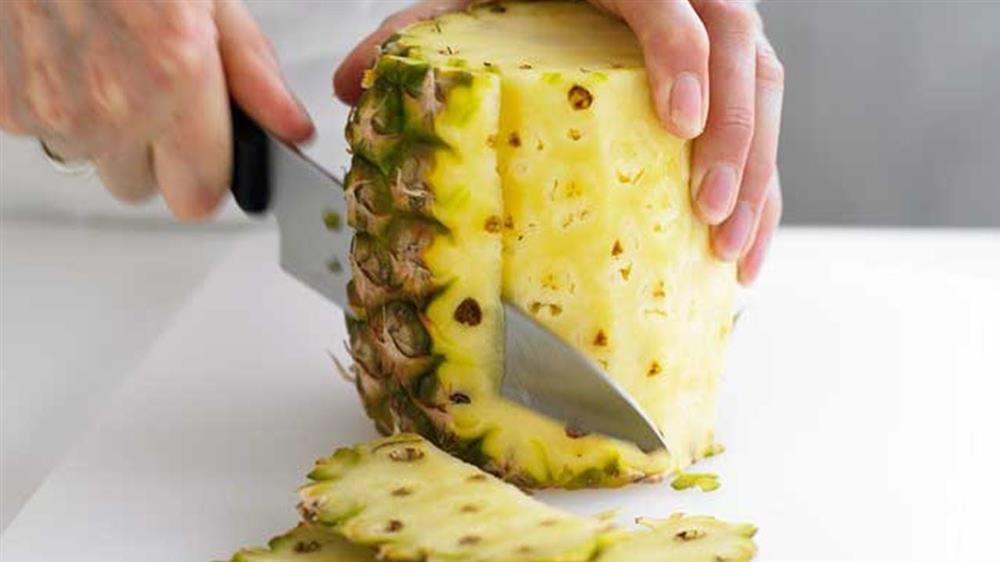
The Magical Uses of Pineapple Peel
1. Cleaning Stainless Steel and Metal Utensils
Kitchen utensils often include stainless steel items such as spoons, knives, and forks. While stainless steel pots are durable, they can develop a layer of black residue over time. Instead of using a metal brush, which can damage the pot, try using pineapple peel to solve this problem.
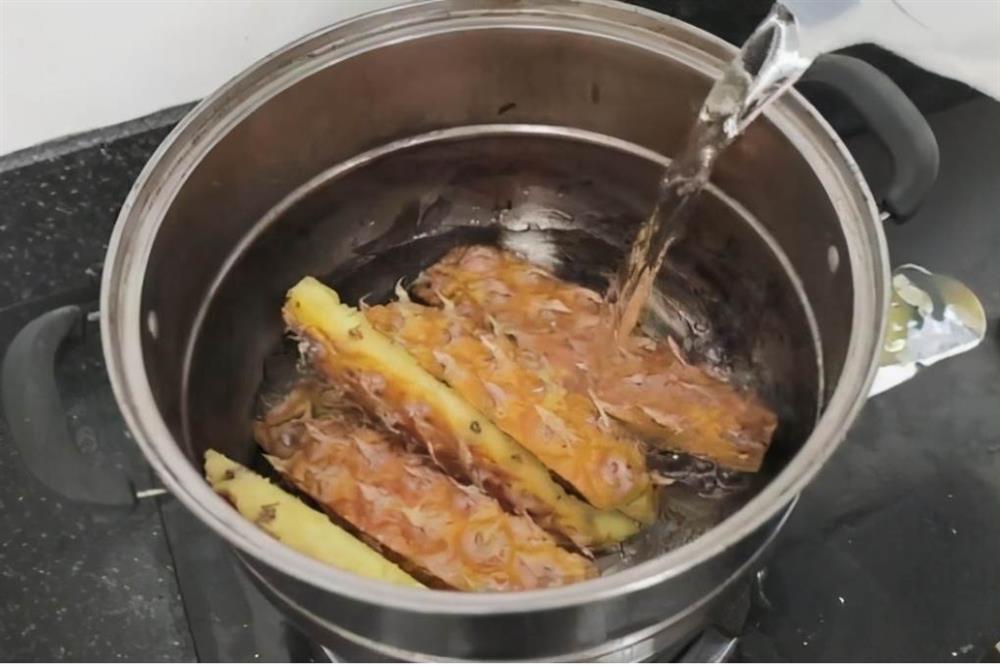
Simply put the peeled pineapple into the pot, add an appropriate amount of water, and throw in any other small stainless steel items you have. Boil for 20 minutes. The black residue is caused by oxidation, and at high temperatures, pineapple peel has a strong decomposing effect, breaking down this layer of residue.
2. Fertilizer
If you enjoy gardening and growing flowers or plants at home, cut the pineapple peel into small pieces and mix them with sugar and water in a 1:3:10 ratio. Store this mixture in a sealed jar for about two weeks, and you’ll have a pineapple enzyme solution. Use this solution to fertilize your plants and flowers, and you won’t have to worry about yellowing leaves. Your indoor garden will thrive and flourish.
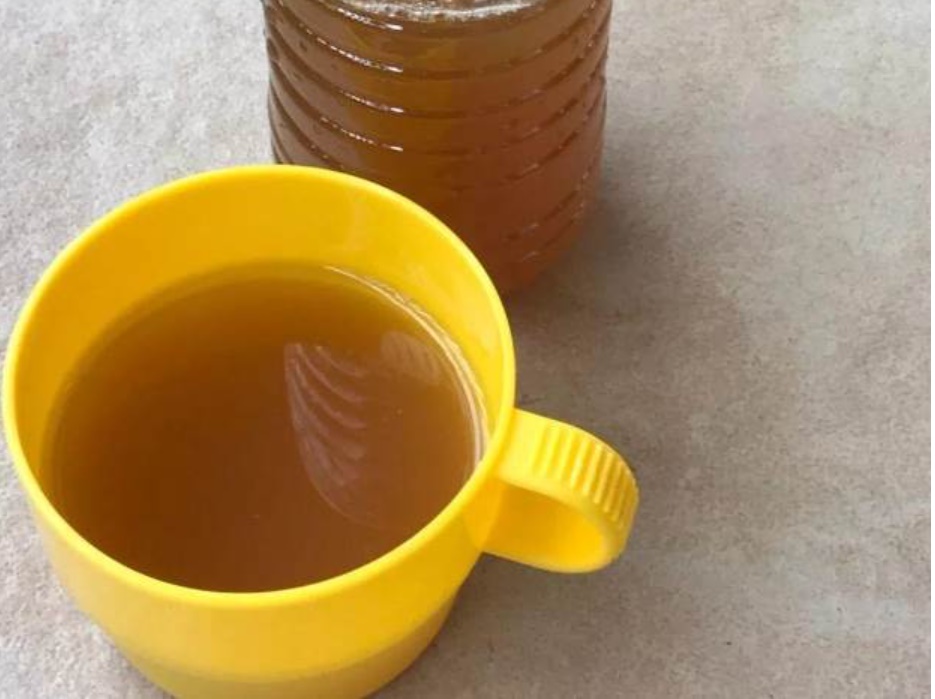
3. Pineapple Leaf Infused Water
The pineapple leaves are also valuable. After cutting them off, wash them, place them in a glass, and pour in hot water. Let it infuse until the water cools down, and you can drink it. This infused water has a sweet and sour taste and is great for cooling the body and quenching thirst. Drinking it regularly can also help with beauty and weight loss.
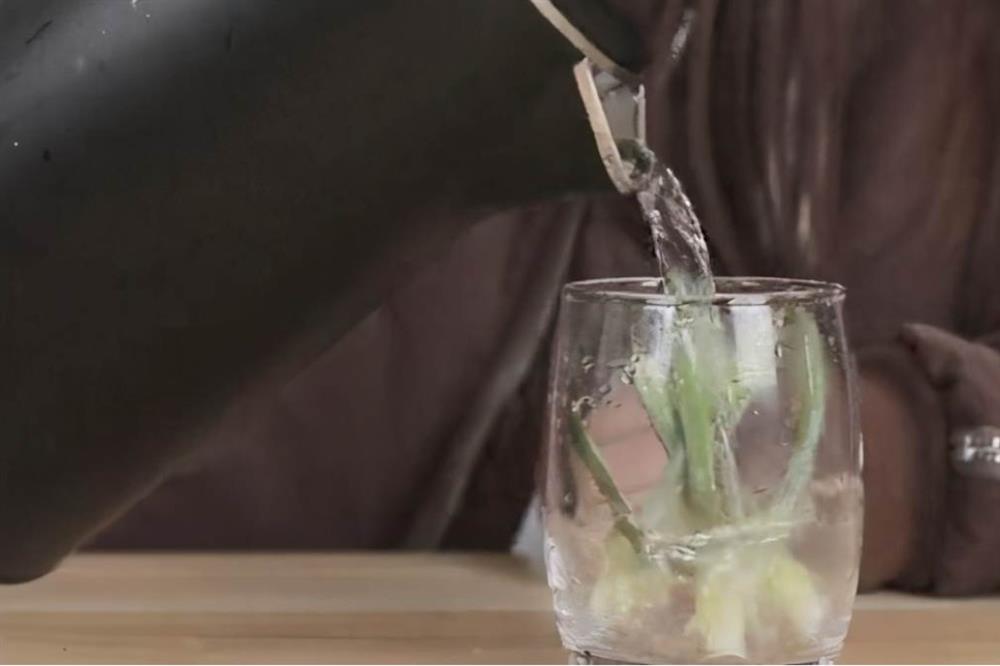
4. Deodorizing the Kitchen
Roasting pineapple peel releases a strong, pleasant aroma that can eliminate food odors, musty smells, and other unpleasant scents from your kitchen.
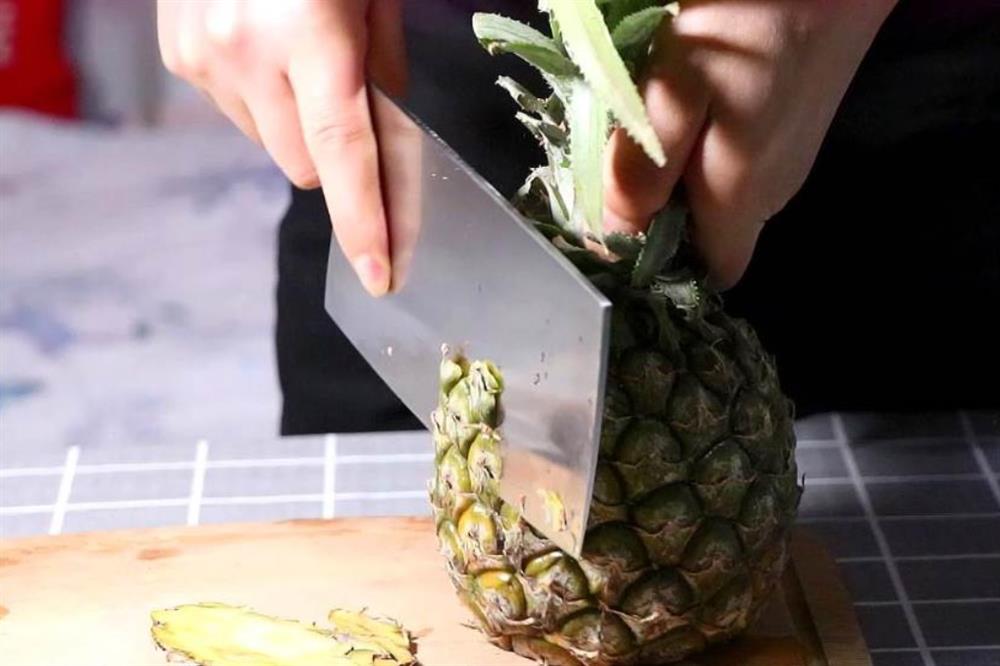
5. Deodorizing the Fridge
If your fridge has an unpleasant odor, pineapple peel can come to the rescue. Place the peel in different compartments of the fridge. The enclosed space will intensify the pineapple scent, eliminating odors and leaving a refreshing fragrance. After a few days, the peel will dry out, and you can replace it with a fresh one.
6. Safe Cleaning Solution from Pineapple Peel
Pineapple has a high content of organic acids, so you can use the peel to make a safe and natural cleaning solution for dishes, floors, kitchen counters, and even the bathroom. It’s gentle on the skin yet highly effective.
Here’s how to make it: Prepare 5kg of pineapple peel (washed and dried), 500g of brown sugar, 200ml of alcohol, or 200g of alcohol fermentation cake, and a 20-liter container with a lid. Wash and dry the container before use. Don’t pack the pineapple peel too tightly, as it needs space to ferment. Layer the peel and sugar in the container, letting it sit for 24 hours.
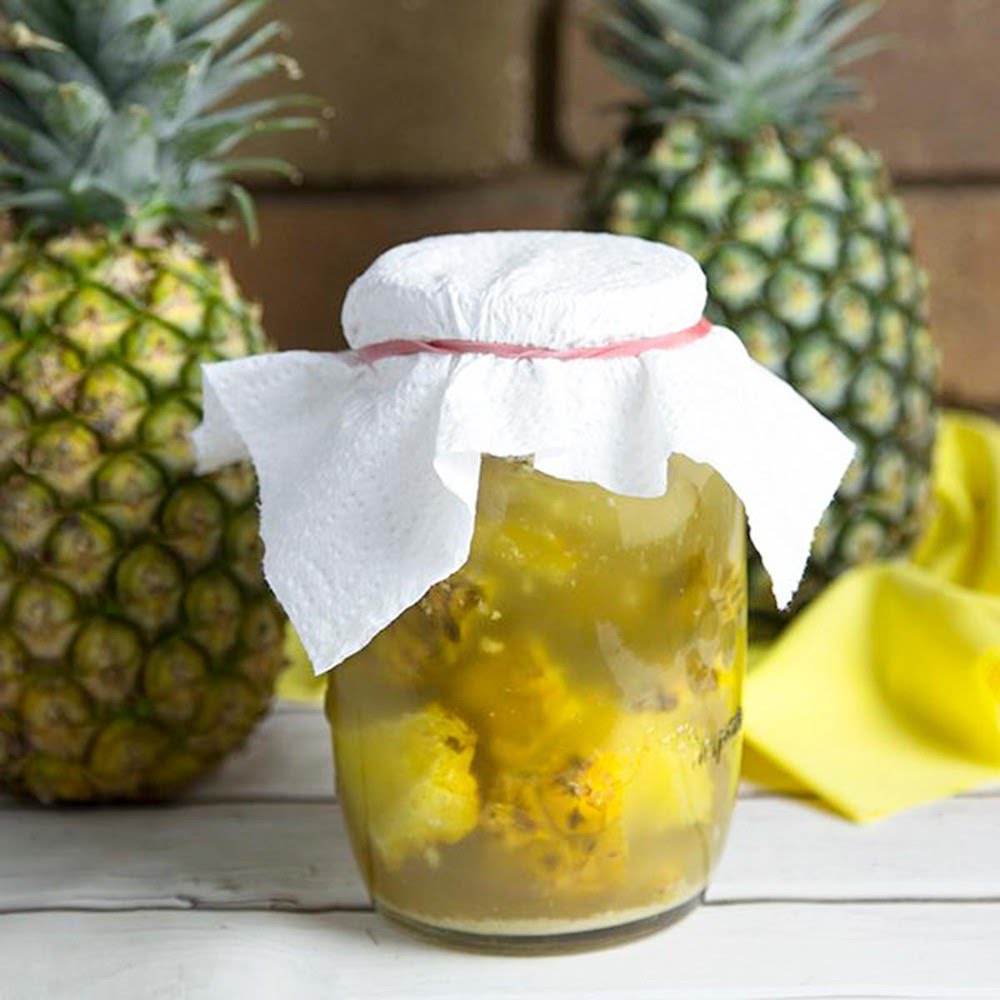
– After 24 hours, pour the alcohol into the container, or if using the fermentation cake, crush it and mix it with the peel. Seal the container and let it ferment for three days.
– On the fourth day, add 10 liters of clean water and let it sit for another 24 hours before using it.
This solution can be used for various cleaning purposes, from mopping floors to washing dishes and even as a hand wash. It’s convenient, economical, and creates a safer and more eco-friendly living space.
By An Nhien – Vietnamnet































